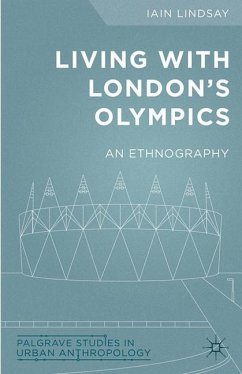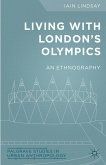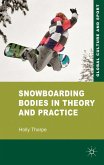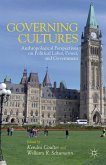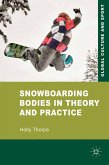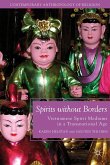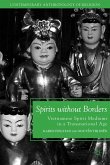The quadrennial summer Olympic Games are renowned for producing the world's biggest single-city cultural event. This mega-event attracts a live audience of millions, a television audience of billions, and generates incredible scrutiny before, during, and after each installment. This is due to the fact that underpinning the 17 days of spectacular sporting events is approximately a decade worth of planning, preparing, and politicking. It is during this decade that prospective host cities must plan and win their bids before embarking upon seven years of urban upheaval and social transformation in order to stage the world's premier sporting event. This book draws on seven years of ethnographic inquiry around the London 2012 Olympics and contrasts the rhetoric and reality of mega-event delivery. Lindsay argues that in its current iteration the twin notions of beneficial Olympic legacies and Olympic delivery benefits for hosting communities are largely incompatible.
"Living with London's Olympics is a necessary, eye-opening and highly readable book ... . Taking a critical micro-level view on the contestations, ambiguities and contradictions of the Olympic delivery, it provides a reversal of this massive spectacle. As such the book could be of interest to a wide range of students and scholars well beyond the subdiscipline of urban anthropology." (Toomas Gross, Suomen Antropologi: Journal of the Finnish Anthropological Society, Vol. 40 (4), Winter, 2015)

